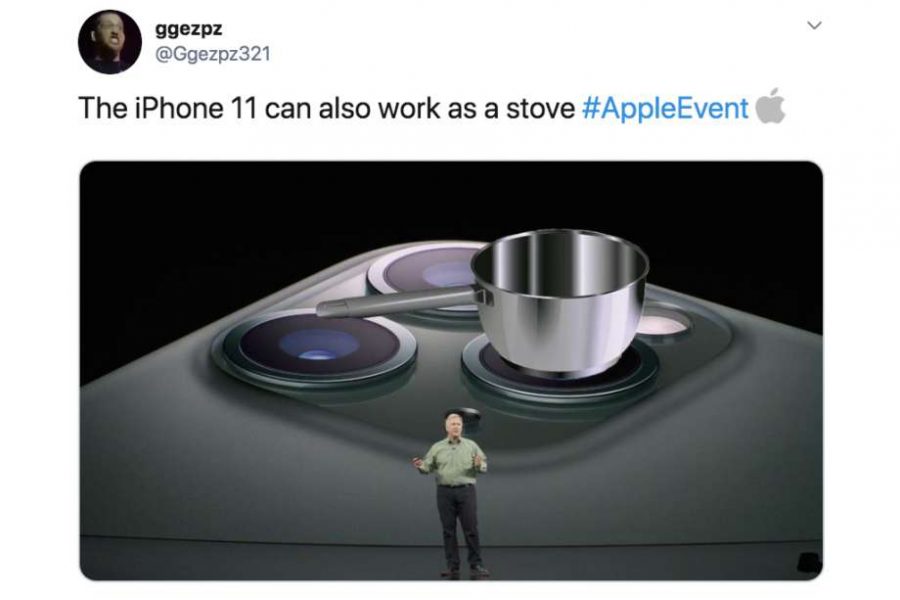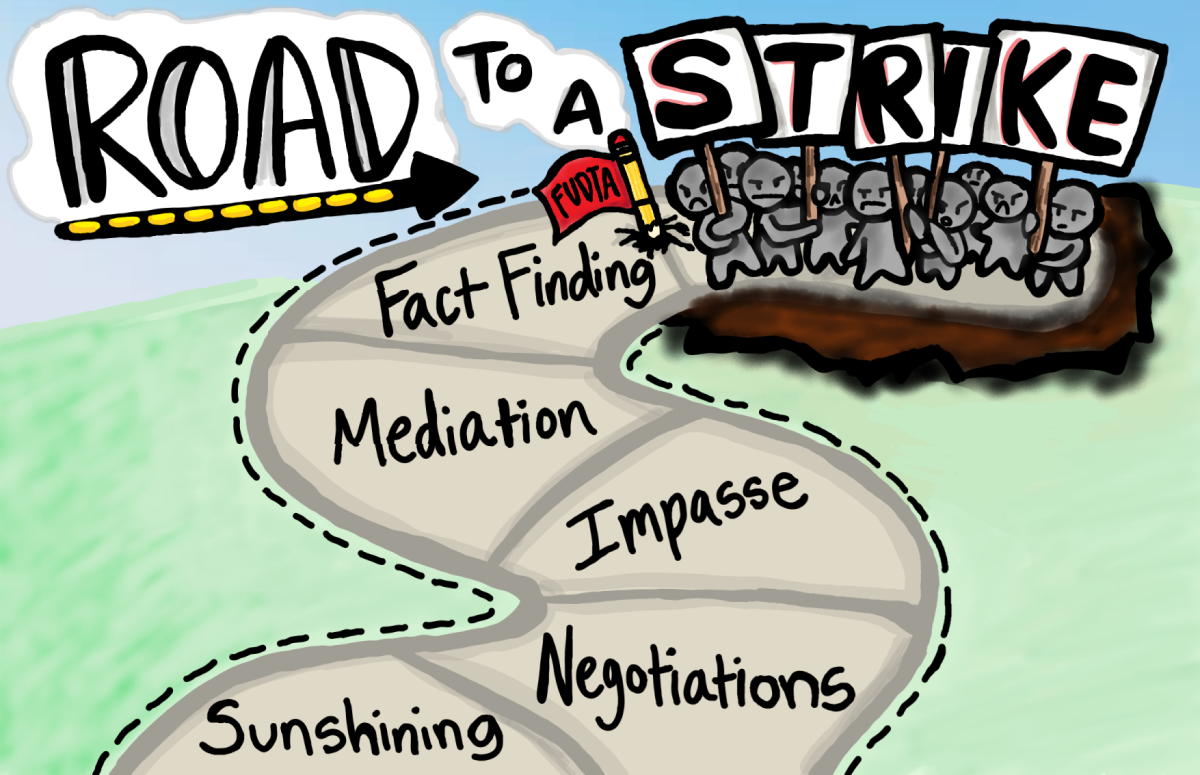Apple Expands to the Survival Industry: the iPhone 11
October 12, 2019
Apple’s newest iPhone suggests Apple’s entry into the “survival and preparedness” industry, which specifically focuses on preparing for life-threatening disasters. Earlier in its history, Apple didn’t prioritize conserving the materials used in its products. However, with the onset of resource depletion, Apple is striving to establish itself as a green company.
Aware of the attention from so-called “environmental activists” on social media, Apple has decided to expand and develop new products to conserve natural resources by combining two devices in one.
The newest addition? The new iPhone 11 Pro Max boasts a 6.5-inch display, a bulletproof glass screen, two cameras, and yes, a mini stove.
Apple CEO Tim Cook explained why the stove was developed, saying, “We figured that you could get anything using the phone through apps, but if you’re stranded with no cell service, we wanted you to still be able to stay warm and make a signal fire. That’s why we had the stove built into the phone.”
Previously, iPhones were not adapted to the modern world, with a fragile screen and battery life shorter than our post-climate change lifespans. The new iPhone evolved to help address new problems that you will face, like an energy crisis. While there’s a limited amount of natural resources to produce electricity, the iPhone will still be able to use solar power to produce electricity for your use.
The new BatteryDrop feature allows owners of the phone to share battery power with others through airwaves. You will also be able to physically throw your phone batteries so it will drop alongside your friends who need them. Besides typical scenarios, such as where someone might need a little more power to finish studying, Apple wanted to allow people to transfer power to each other in emergency scenarios.
In the case that there is no battery available for BatteryDrop, the new iPhone 11 Pro Max can be charged using solar power through a front sensor on the phone. Although this compact sensor is small, it also has the ability to power the stovetop. While both the solar panel and stovetop installations are small, Cook claims that both are functional and easy to use. However, they will require the iPot, a miniature pot that is compatible with the phone’s stove (available to purchase for $420).
Since the stovetop can reach temperatures of almost 420 degrees Fahrenheit, Apple installed a child safety feature so children would not be burned from toying with the phone. The stove is manually turned on and off, but to increase security, the owner of the phone must now correctly determine the zeros of a quadratic function in order to access it. Take that, bots!
If everything in this article went over your head, you might still be wondering, “Why does the iPhone 11 Max include a stovetop anyways?” It’s clearly because of Tom Cooks.









